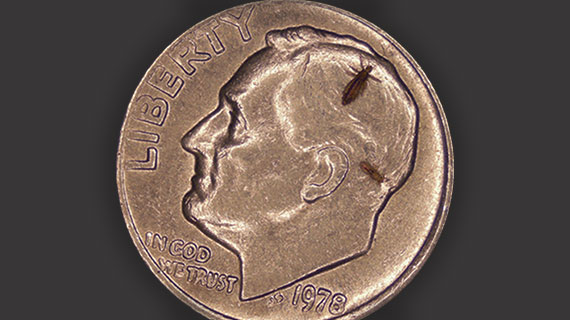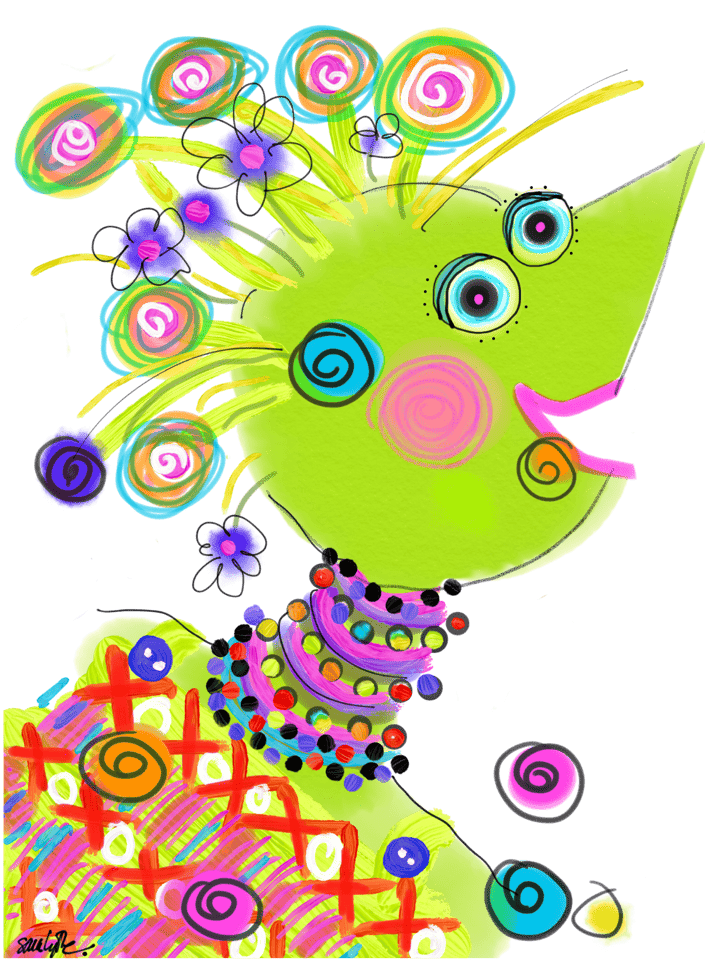Head Lice Facts
WHAT YOU NEED TO KNOW ABOUT HEAD LICE
According to the FDA, 6 to 12 million children in the U.S. are infested with head lice every year and up to 24 million days of school are missed due to lice.
While lice are generally more prevalent in children, it's quite common for parents to get head lice from their children, especially mom. It only takes seconds for lice to transfer from one head to another.

TYPES
There are several types of lice, but the head louse, or Pediculus humanus capitis, is a parasitic insect that can be found on the human head and, rarely, the eyebrows and eyelashes.
LIFE CYCLE
There are three stages of the lice life cycle: egg, nymph and adult. The life cycle will never end until an effective treatment method like ours eliminates all three of them at one time.
ANATOMY
Head lice have six claws designed for them to crawl from hair strand to hair strand. These claws also allow them to move from head to head quickly.
HEAD TO HEAD
A head-lice infestation occurs when a female adult louse moves to a new human head and lays eggs (3-10 per day.) When those eggs hatch, the lice will most likely stay on that head throughout the entire lice life cycle. Unless the head is treated and all lice and eggs are killed and removed, the lice infestation will continue for however long the lice colony can survive.
Frequently Asked Questions
Adult lice will be the easiest to spot because they are the biggest. But at the size of a sesame seed, they still aren’t that big. Although lice vary in color, if you see a grayish-white or tan bug crawling through the hair, it is probably a louse. If you look closely at an adult louse, you should be able to see human blood inside it.
Look at the hair strands about a quarter inch (~0.5 cm) off the scalp. See if you can find lice eggs (often called nits) attached to individual hairs. Nits are extremely small. They look like tiny specks and will be glued securely to the hair. If you see any, try pulling them off with your fingers. If you can’t easily pull them off, they are probably eggs and not dandruff.
The primary way you can get head lice is when your head comes in direct contact with the head of an infested individual. Head-to-head contact like that doesn’t guarantee that the infestation will spread, but it gives lice the best opportunity to move from the hair of the infested person to your hair.
Head lice don’t jump, swim (although they can hold their breath in water for hours) or fly (they don't have wings). Without strands of hair to grab with the claws on their front legs, they have trouble getting around at all. However, they can crawl very quickly along the hair, so if your hair comes in contact with an infested head, it doesn’t take much for a louse to hitch a ride on a strand of your hair and make its way to your scalp. Sometimes as quickly as three seconds.
Lice eggs hatch after about 8-10 days. Head lice can live for approximately 30 days on your head. As parasites, they feed on human blood several times a day. An adult louse can lay 3-10 new eggs daily.
If they are removed from their food source (your scalp) – perhaps by getting brushed out of your hair or knocked out of your hair with your hand – they can survive 24-48 hours off the human head, all the while seeking a new human host for survival.
Getting rid of lice has become more difficult than ever because of Super Lice and the fact that over-the-counter toxic treatments such as Rid or Nix, or even prescriptions, such as Sklice, aren't effective enough to do the trick. Most of our clients have tried 1-3 different forms of over-the-counter or "natural" remedies before they find us for the final cure. Often times, parents over use toxic treatments because they believe they've done something wrong when it doesn't work. This is dangerous for the child and a never-ending battle. Our clinic treatment was developed to cure the problem in about one hour through a combination of dehydration, combing and commercial grade non-toxic oil.
Head lice do not survive long if they fall off a person and cannot feed. You don’t need to spend a lot of time or money on housecleaning activities. Follow these steps to help avoid re–infestation by lice that have recently fallen off the hair or crawled onto clothing or furniture.
Machine wash and dry clothing, bed linens, and other items that the infested person wore or used during the two days before treatment using the hot water (130°F) laundry cycle and the high heat drying cycle for at least 30-40 minutes. Clothing and items that are not washable can be dry–cleaned OR sealed in a plastic bag and stored for three days.
Soak combs and brushes in hot water (at least 130°F) for 5–10 minutes. Or you can freeze them in a baggie overnight. Vacuum the floor and furniture, particularly where the infested person sat. You can also use a tape roller on furniture and in your car. The risk of getting infested by a louse that has fallen onto a rug, carpet or furniture is very small, approximately 2%. Head lice survive less than 24-48 hours if they fall off a person and starve. Nits (eggs) cannot hatch and usually die within a week if they are not kept at the same temperature as that found close to the human scalp. Spending a lot of time and money on housecleaning activities is not necessary to avoid re-infestation by lice that may have fallen off the head or crawled onto furniture or clothing. Commercial sprays for furniture don't really help and are a waste of money.
Do not use fumigant sprays; they can be toxic if inhaled or absorbed through the skin.
We are happy to offer you the paperwork needed to file a claim for your FSA or HSA savings accounts! It's our understanding that Kaiser Permente has started to cover lice treatments. Consult with your health insurance provider if you have private insurance and would like to know if this procedure is covered under your plan.
